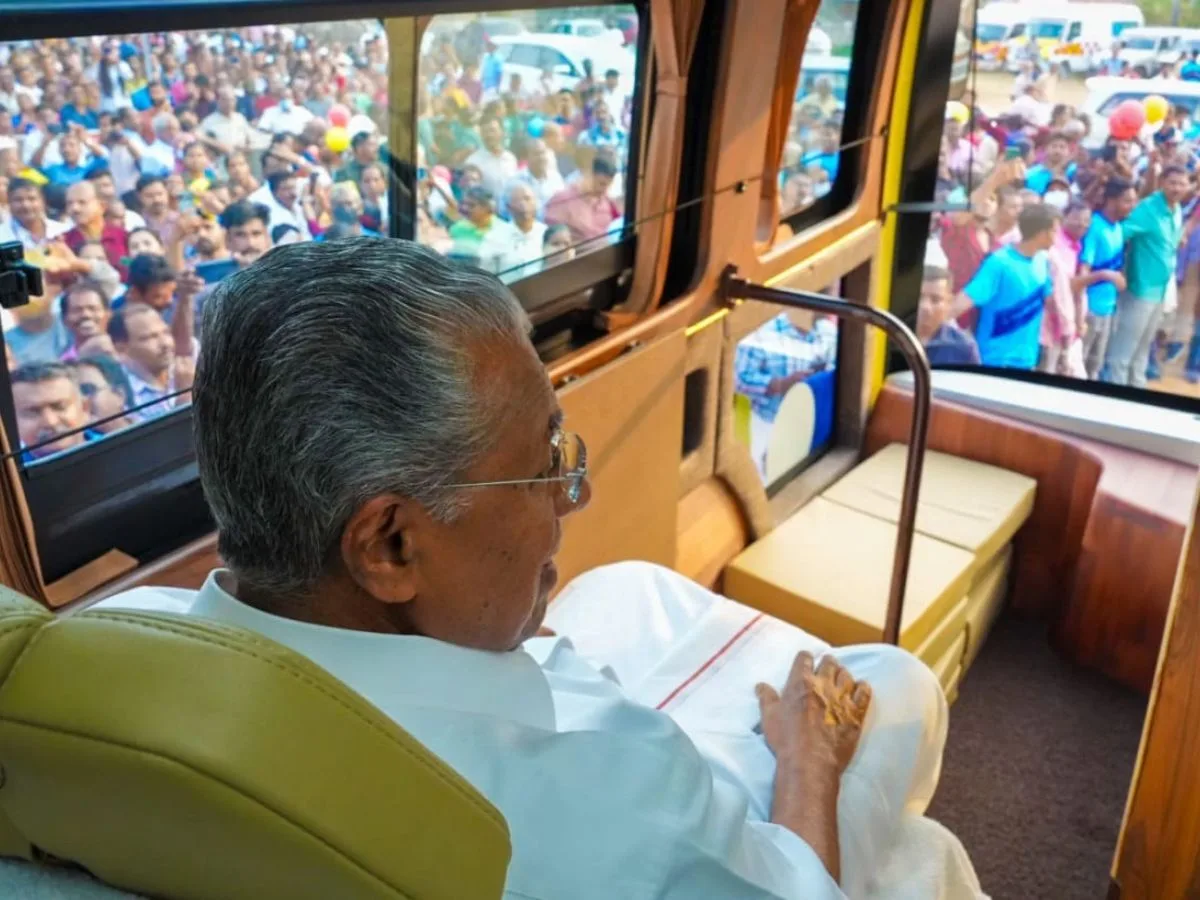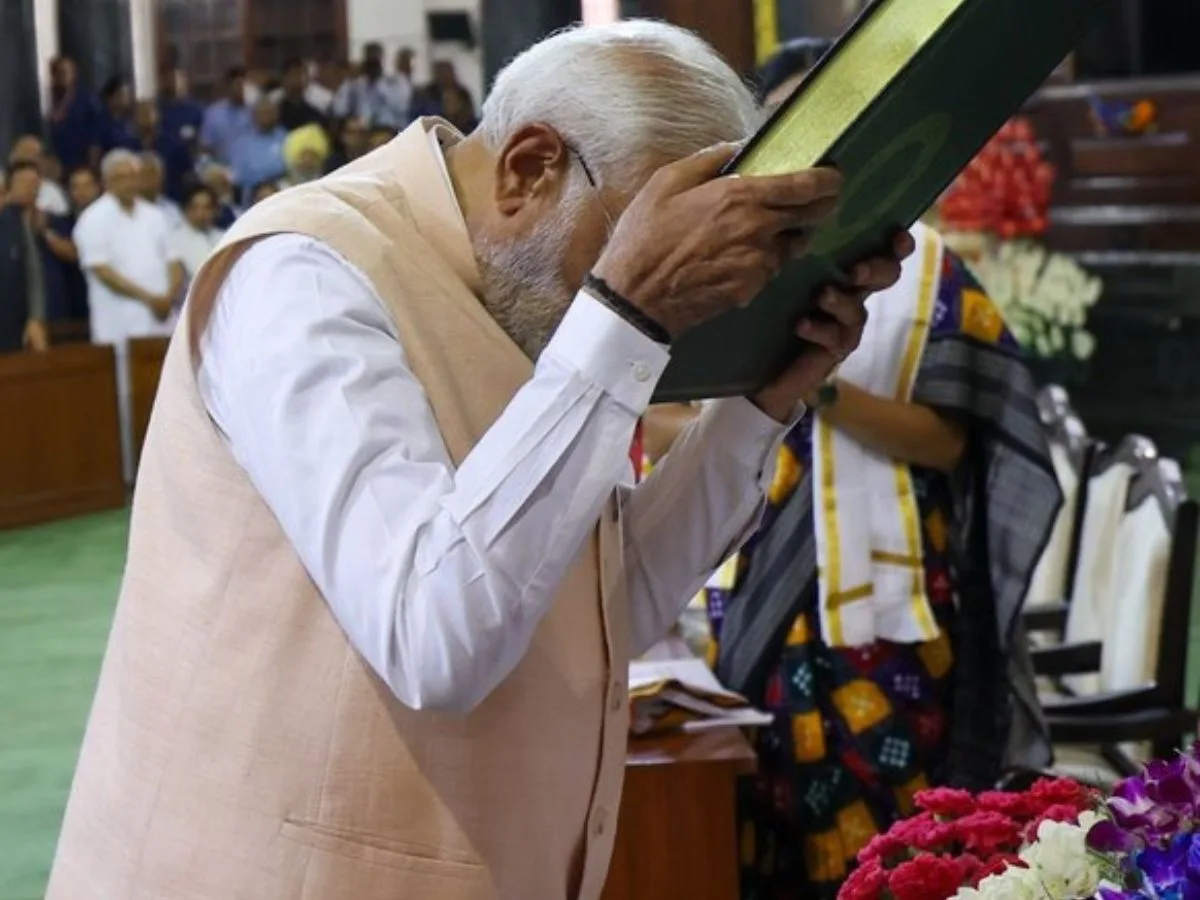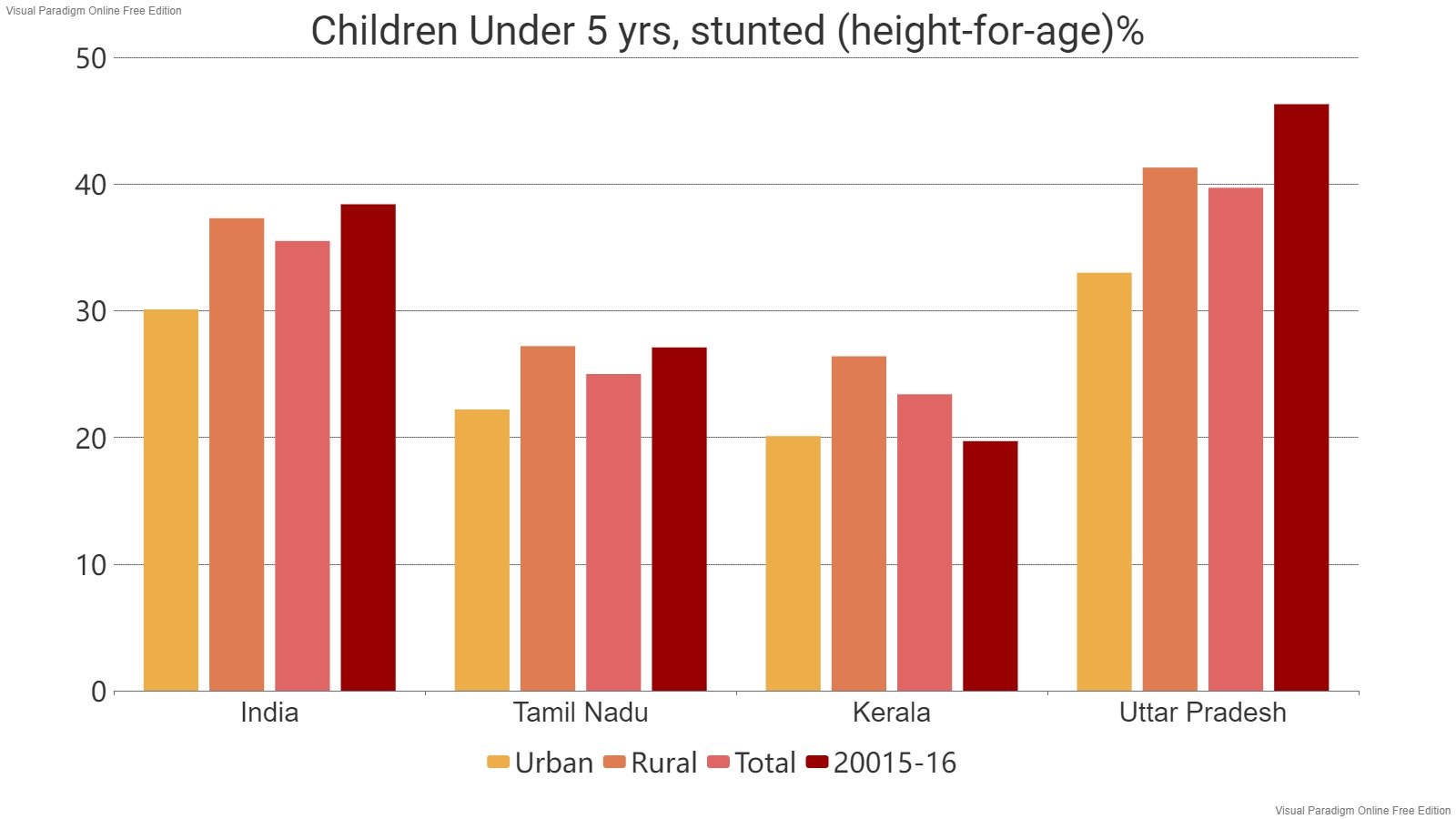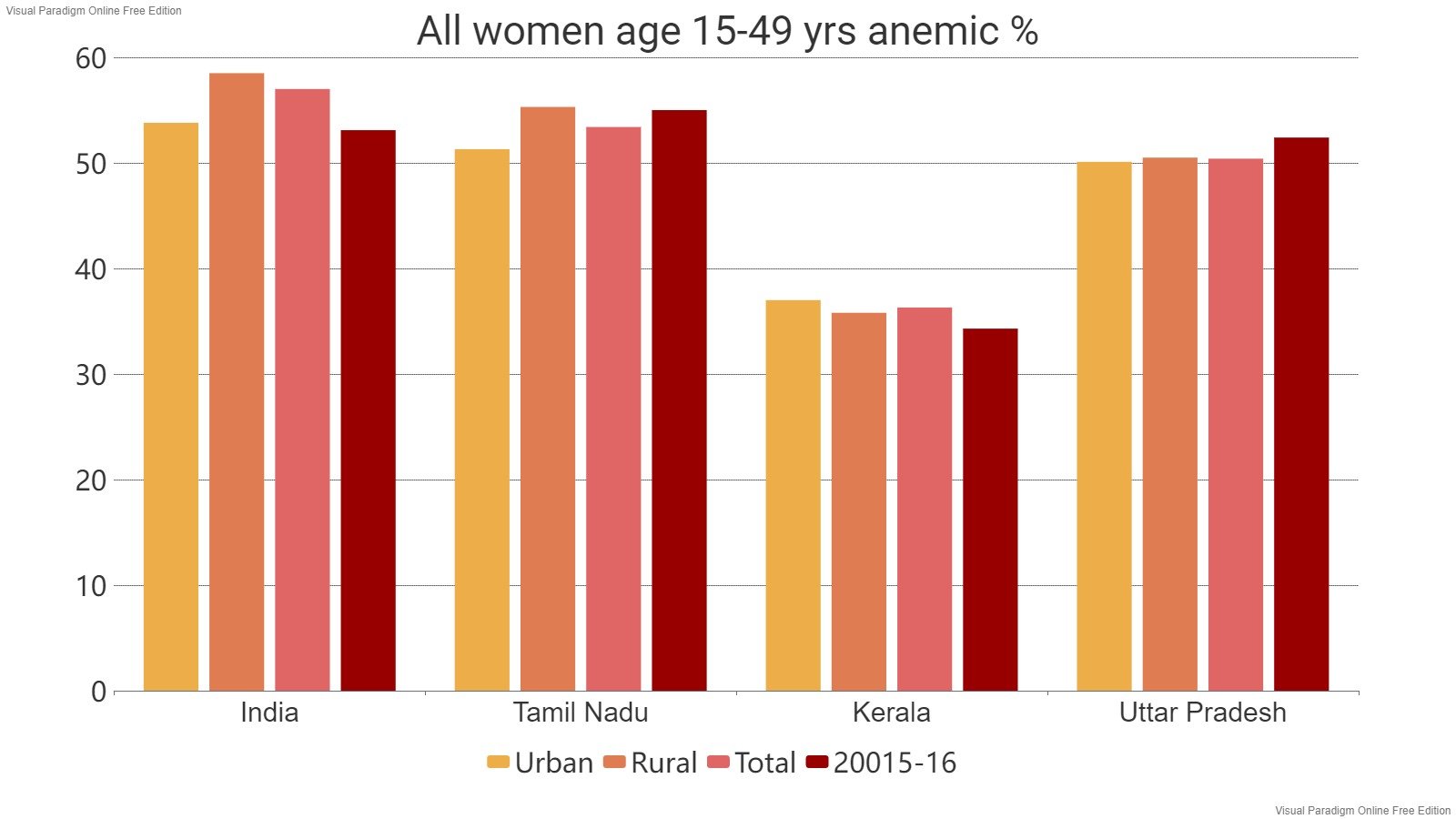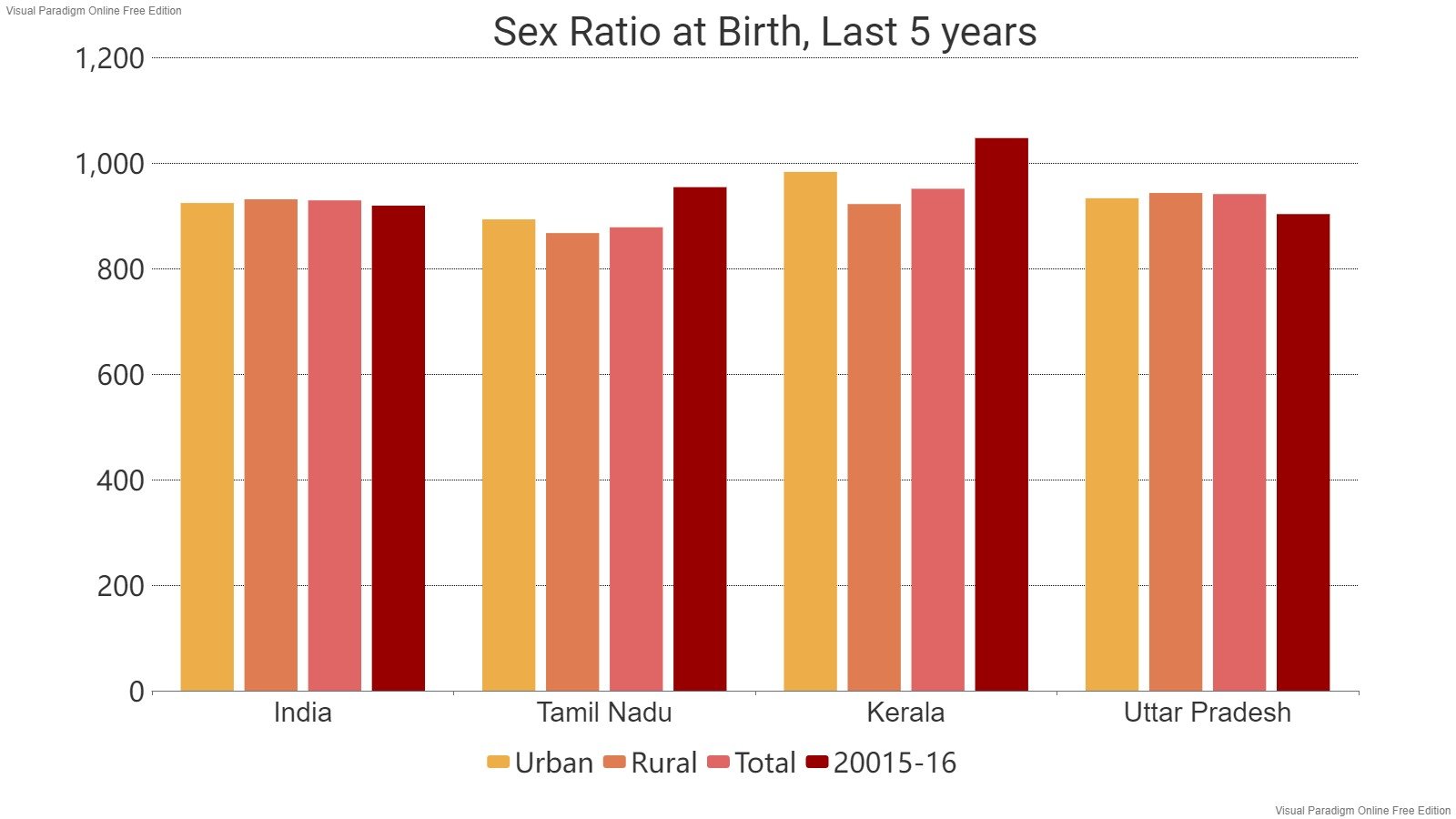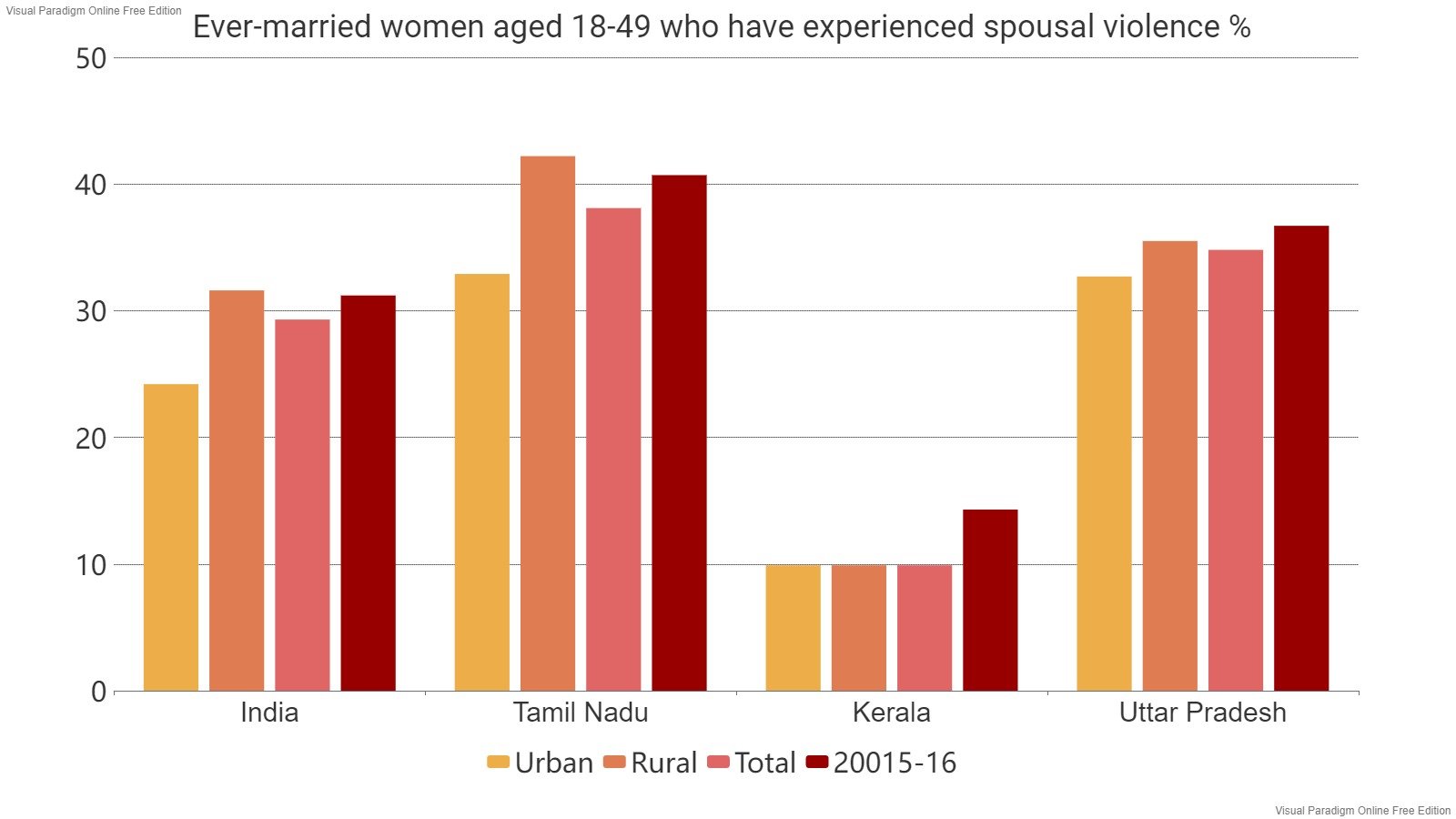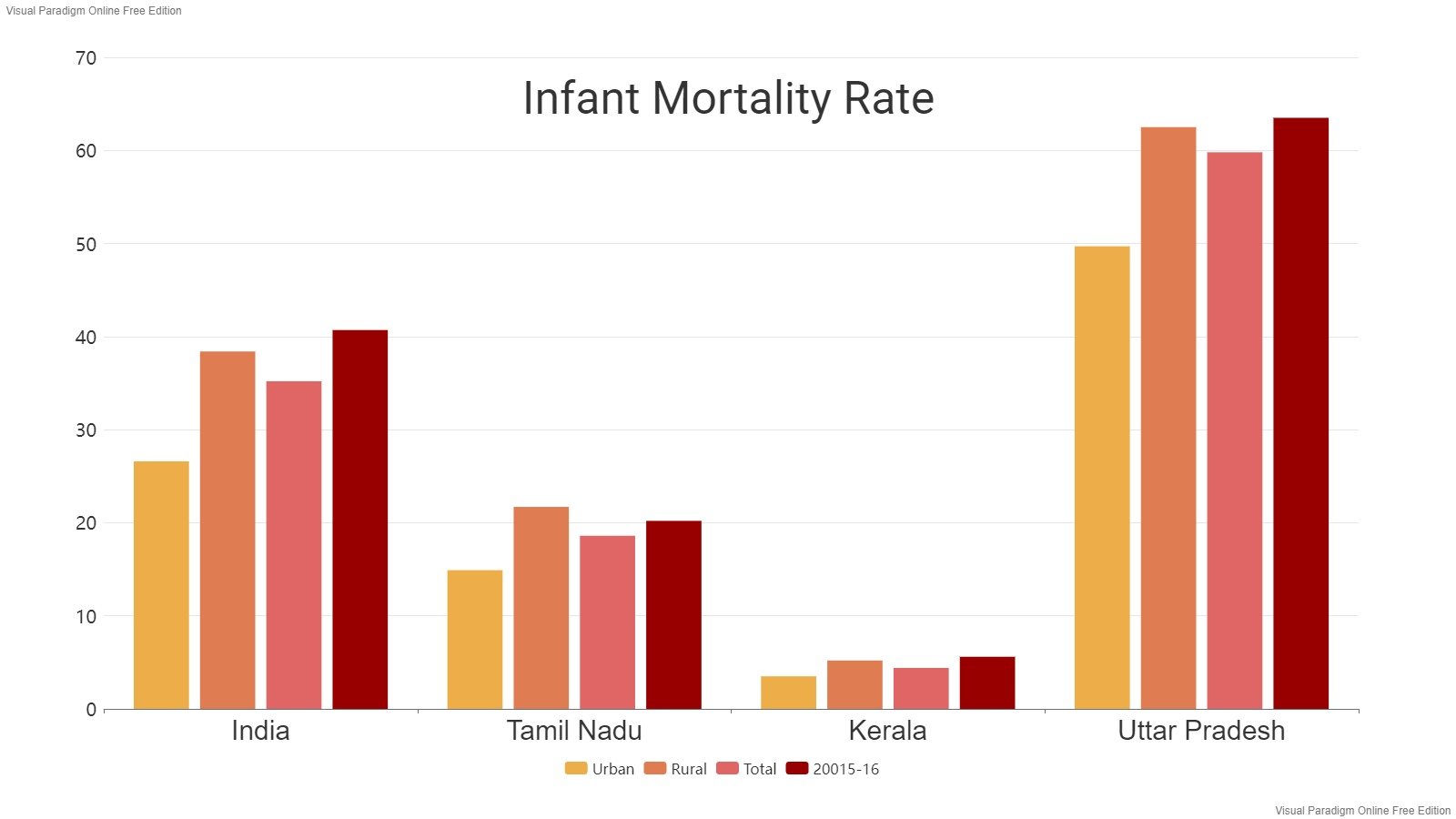Read in : தமிழ்
At least 15 people have died on a stretch of a national highway in prosperous Tamil Nadu that connects Tiruvannamalai and Bengaluru in just ten days during October 2023, bringing the State closer to another dubious road traffic accident record. Only some months ago, Union Transport Minister Nitin Gadkari applauded it for good performance.
As a comparatively wealthy State that is also highly urbanised, Tamil Nadu witnesses significant road traffic, both in terms of people travelling between cities and towns by private vehicles, and commercial vehicles transporting goods. This is in spite of high fuel prices. Bengaluru and Chennai are now virtually twin cities, with heavy road traffic between the two, and the stream of vehicles also extends to proximal towns such as Tiruvannamalai, Salem and Vellore. A new highway awaits inauguration between the two metros.
Yet, road safety is in peril across Tamil Nadu because of the rising number of vehicles, lax enforcement of rules, failure to perform scientific accident investigation, and a reactive rather than preventive approach to accident prevention.
True to form, after the ghastly deaths of eight people in the recent SUV collision with a Tamil Nadu government bus near Chengam (six of the victims were from Assam), the police brass of the district, led by the Vellore Range DIG and Tiruvannamalai SP inspected the “accident prone” stretch. The accident was on an S curve, according to the Police, and a series of remedial visibility measures are now planned after the loss of 15 lives. Police also suggested rumble strips for smaller roads that directly connect the highway, to slow down vehicles entering the NH 77.
In the earlier mishap involving a car, there were seven occupants including a woman and two children, who died instantly as the vehicle crashed into a truck. The car was obviously overloaded, but that is normal in India.
Whither Road Safety Officer of NH?
The Union Government told Parliament on August 3, 2023 that each National Highway is supposed to have a regional Road Safety Officer (RSO) “to look at Road Safety Audit, black spot rectification and other road safety-related work.” The accidents on the NH in Tiruvannamalai beg the question, what was the RSO doing about an “accident-prone stretch” with a known “S curve?” These factors now provide a ready explanation for the carnage but could have been eliminated if they were so familiar. How many more curves and danger spots have been identified in Tamil Nadu, and await action?
It is also widely acknowledged, starting with the Union government’s Sundar Committee on Road Safety which submitted its report 16 years ago, that India lacks a scientific accident investigation system. Although Mr. Gadkari has raised the appalling road safety record in many national and international forums, the Union government is yet to operationalise a scientific accident investigation organisation, going by its response in Parliament.
In reply to a question from Sisir Kumar Adhikari in the Lok Sabha on Aug 3, 2023, Mr. Gadkari said, “As per provisions under the National Road Safety Board (NRSB) Rules, Search-Cum-Selection Committee has recommended a panel of candidates for the post of Chairman and Members of the Board. Based on the recommendation of the Search-Cum-Selection Committee, a proposal has been submitted to the Department of Personnel and Training for consideration by the Competent Authority.”
Evidently, the Union government has lost its way in the thicket of various issues that occupy policy mind space, giving road safety a distant back seat. This is in spite of the steady motorisation and fast-paced road-building that is taking place, which too Mr. Gadkari takes pride in highlighting.
Enforcement illiteracy
Motorised countries have a robust, zero tolerance enforcement system to rein in recalcitrant drivers, while road design and engineering makes up the second half of the safety equation.
According to the new Motor Vehicles Act 2019 – which is frequently cited as evidence of enforcement reform by the Union government in Parliament – Police are expected to use a plethora of devices and techniques to bring order to the highways. This is done under G.S.R. 575 (E) dated 11th August, 2021 for Electronic Monitoring and Enforcement of Road Safety. The Supreme Court, which has its own committee on road safety, is also monitoring electronic enforcement.
“The rules specify the detailed provisions for placement of electronic enforcement devices (speed camera, closed-circuit television camera, speed gun, body wearable camera, dashboard camera, Automatic Number Plate Recognition (ANPR), weigh-in machine (WIM) and any such other technology specified by the State Government),” according to Mr. Gadkari.
Section 136A of the Motor Vehicles Act says: “The State Government shall ensure electronic monitoring and enforcement of road safety in the manner provided under sub-section (2) on National Highways, State Highways, roads or in any urban city within a State which has a population up to such limits as may be prescribed by the Central Government.” India has 4,041 statutory towns and 3,892 census towns as per Census 2011, (statutory towns rose to 4,852 in 2023) indicating the scale of the road safety challenge. Annual production of various powered vehicles stood at 2.12 crore during 2022-23, of which 1.58 crore were two-wheelers and 38.9 lakh were cars, say data from manufacturers.
The Tamil Nadu government beat a hasty retreat on electronic enforcement after initially issuing a notice on automated speeding tickets. The backlash from influential motorists, particularly politicians and businessmen, and a popular culture of making “adjustments” to rules, ensured that the system was mothballed quickly. It mimics the enforcement of the legal provision on crash helmets.
The Police in Tamil Nadu also apparently have no stomach for active enforcement to rein in raging drivers, many of whom are barely literate and who use honking and aggressive driving tactics to get ahead in traffic. Chennai roads frequently witness this, as do the highways. Although CCTV cameras are found everywhere, there is no system to review the footage, identify the worst offenders and issue fine notices. A second dangerous practice is wrong side driving along highways mainly by people living along the corridor. Active enforcement would calm errant drivers, adding to safety.
Kerala uses AI cameras to identify recalcitrants. It defended its automated AI camera-based traffic fines system in the High Court in September 2023, on the ground that the information on offenders was on government servers, and hence did not violate privacy. The government’s camera procurement ran into problems with the Opposition over costs, but the principle of enforcement stood validated in a State with unruly traffic. The State government claimed AI cameras had restrained raging drivers and even helped detain people accused in criminal cases.
Inmathi earlier highlighted the shocking record of one highway stretch, again connecting Bengaluru with Salem, at Thoppur ghat section
Read in : தமிழ்




